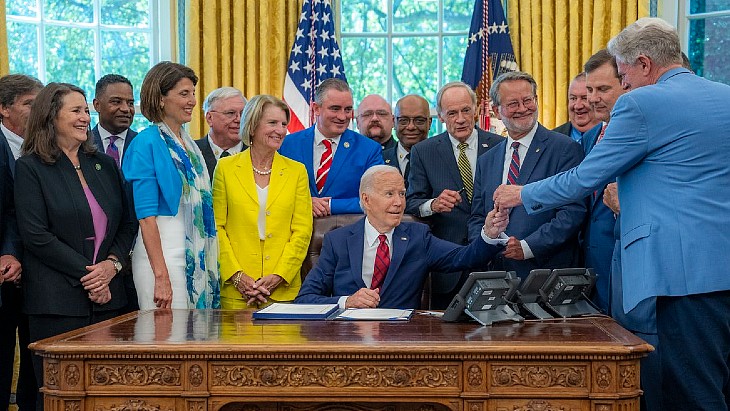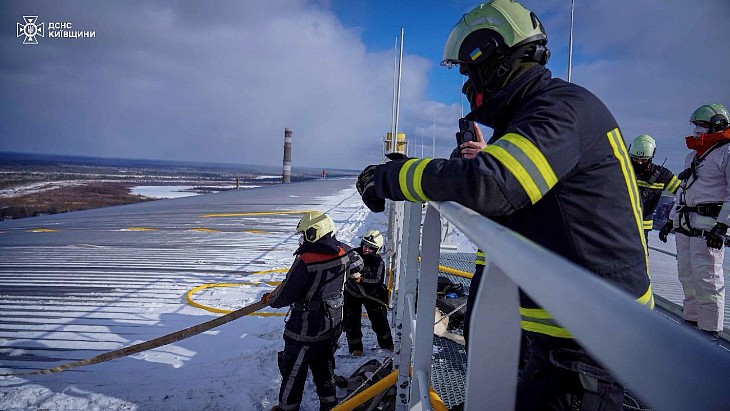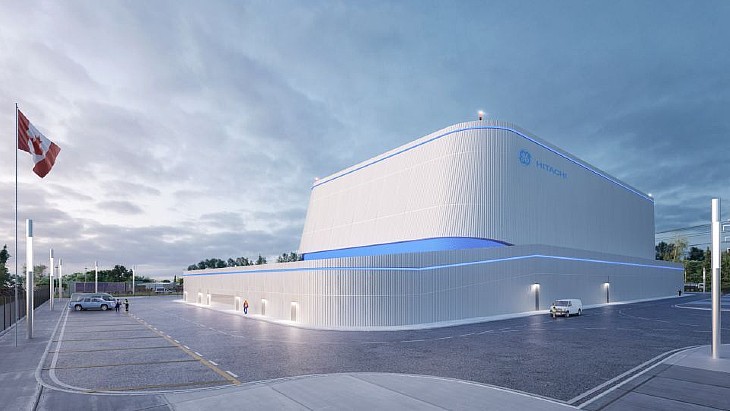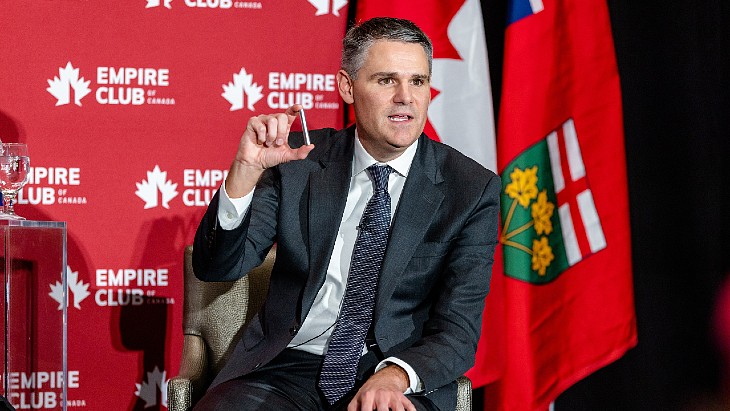Further Japanese research reactor free of HEU
.jpg)
The Japan Materials Testing Reactor Critical Assembly (JMTRC) was built in 1965 in advance of operation of the adjacent Japan Materials Testing Reactor (JMTR). It was used to perform various critical experiments to collect data on characteristics of the JMTR core and in-core irradiation facilities.
The majority of the facility's HEU was repatriated to the USA between 2003 and 2009 following its decommissioning in 1996.
In December 2023, the US Department of Energy National Nuclear Security Administration (NNSA), Japan's Ministry of Education, Culture, Sports, Science and Technology (MEXT) and JAEA transported the remaining HEU from the JMTRC to the USA.
The Y-12 National Security Complex in Oak Ridge, Tennessee, provided US technical support for the project and received the HEU upon its arrival in the USA. The HEU will be downblended to low-enriched uranium and/or dispositioned, permanently reducing the risk it could be used to produce an improvised nuclear device.
The removal of all the HEU from the JMTRC was welcomed by US President Joe Biden and Japanese Prime Minister Fumio Kishida when they met in Washington, DC, on 10 April. During the meeting, they confirmed further advance cooperation in strengthening global nuclear non-proliferation and nuclear security.
The removal of the JMTRC HEU fulfills a commitment made by NNSA Administrator Jill Hruby and MEXT former Deputy Minister Yanagi Takashi in November 2021 and was completed more than two years ahead of schedule through the financial support of the Defense Threat Reduction Agency.
"This most recent removal highlights the shared commitment of the United States and Japan to minimise highly enriched uranium and the close partnership between our countries,” said Corey Hinderstein, Deputy Administrator for Defense Nuclear Non-proliferation. "The Defense Threat Reduction Agency helped our teams achieve this milestone years earlier than would have otherwise been possible."
In May 2022, NNSA announced that more than 30 kilograms of HEU had been removed from three Japanese research sites and sent to the USA for downblending or disposal. In an operation taking four years to complete, all the HEU was removed from the University of Tokyo's Yayoi research reactor and JAEA's Deuterium Critical Assembly and Japan Research Reactor 4. The shipment of the HEU to the USA was completed in March of that year.
Since then, all HEU has been removed from the Kyoto University Critical Assembly and there has been a commitment to convert the Kindai University Teaching and Research Reactor - Japan's last remaining HEU-fueled research reactor - to high-assay low-enriched uranium (HALEU) and to remove its remaining HEU to the USA.
NNSA's Office of Material Management and Minimization works with partner countries and international institutions around the world to eliminate the need for, presence of, or production of weapons-usable nuclear material. To date, the office has worked jointly with domestic and international partners and successfully converted or verified as shut down 109 research reactors and medical isotope production facilities and removed or confirmed the disposition of over 7340 kilograms of weapons-usable nuclear material - enough for approximately 328 nuclear weapons.










_88592.jpg)

